
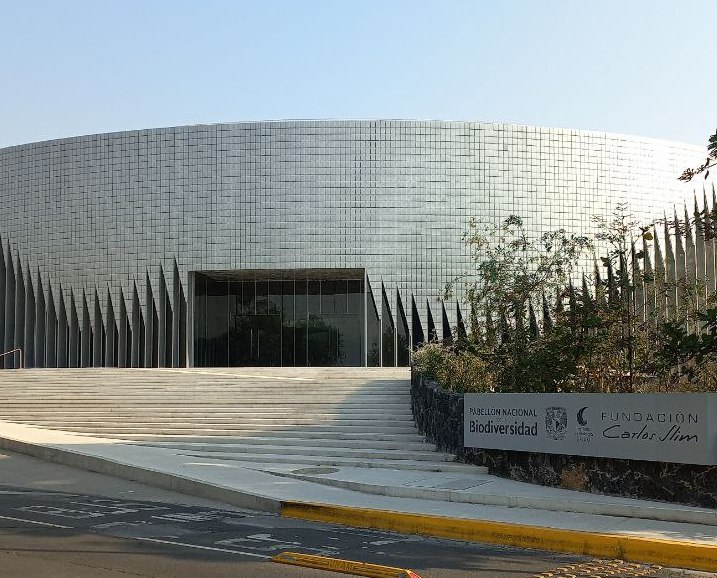
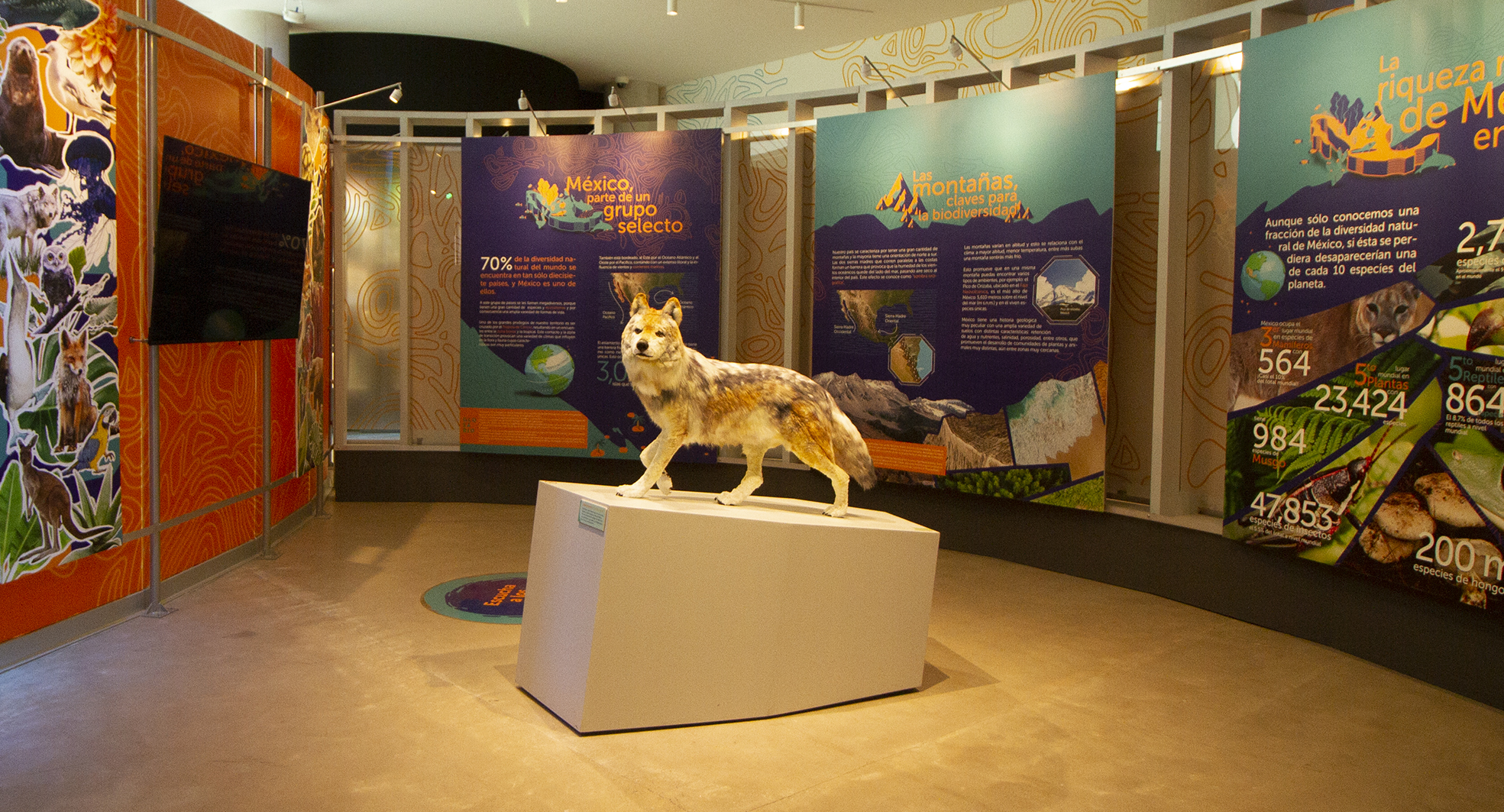
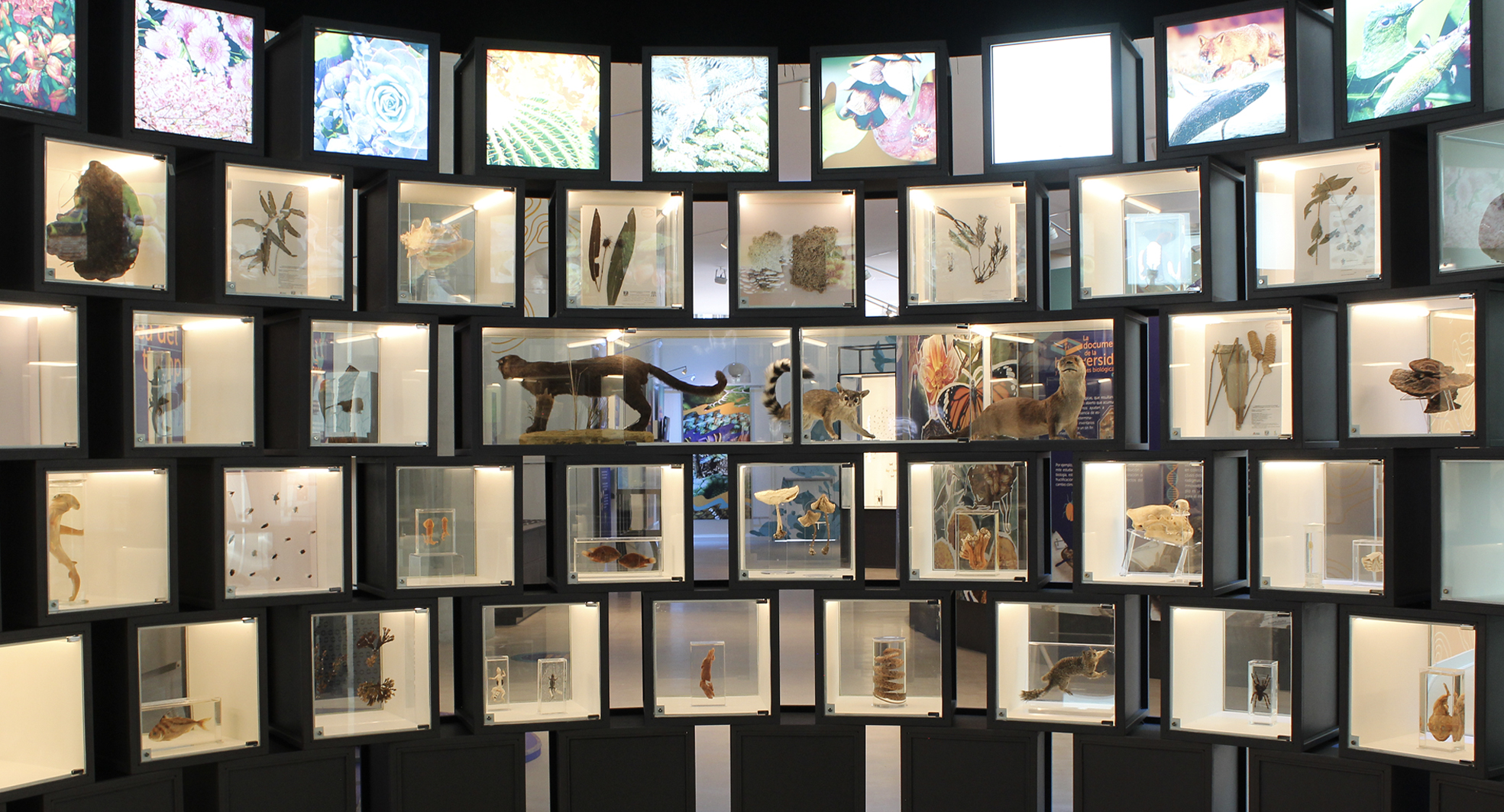

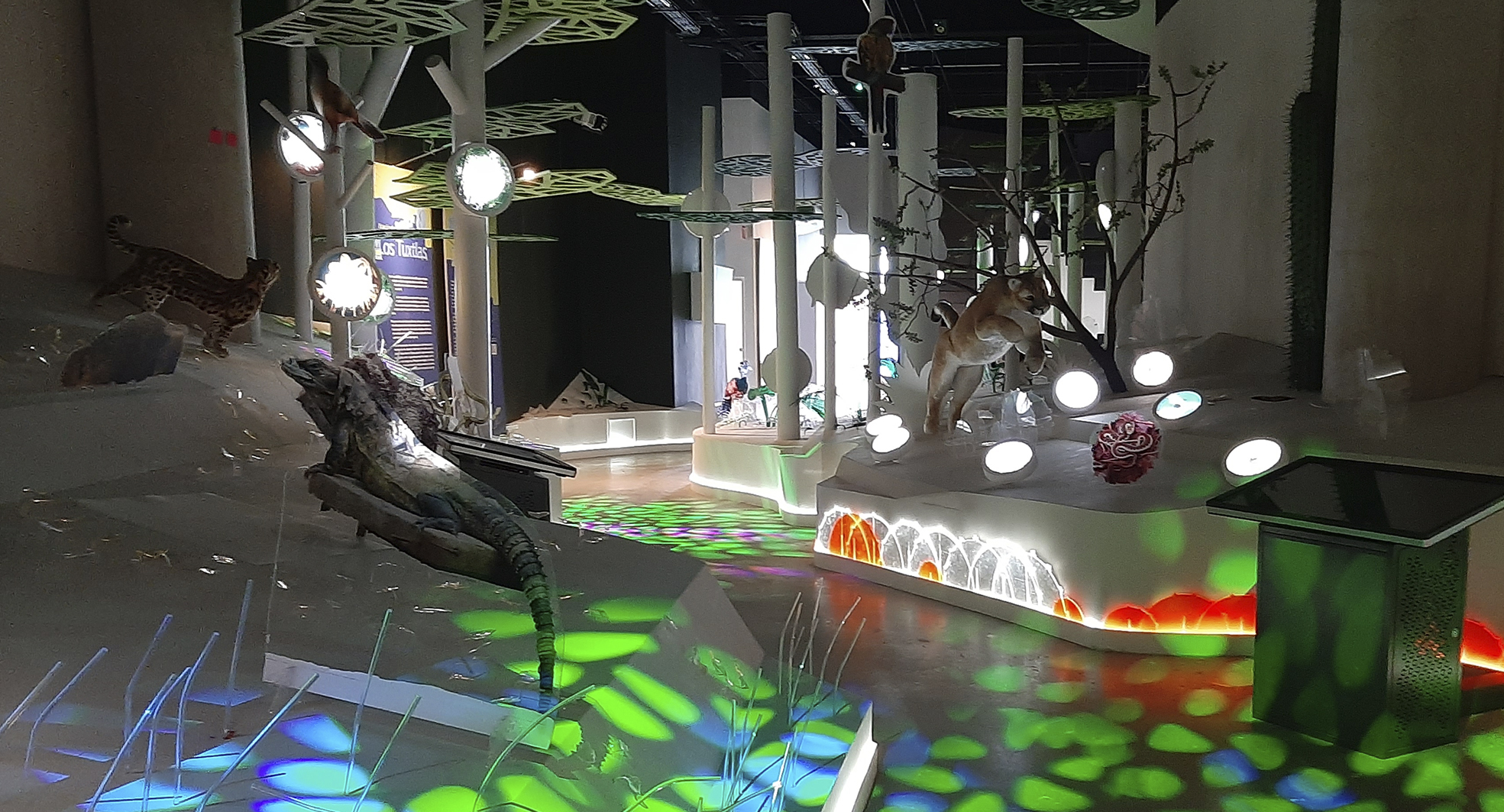
The Mexican National Institute of Biology was founded in 1929 as a depository for the National Biological Collections that had accrued since the end of the 19th century. It's one of the biggest and most complex research units in the UNAM. 165 members of the academic staff are grouped in five academic units:
 http://pabio.ib.unam.mx/
http://pabio.ib.unam.mx/

相近 0.19 kms.
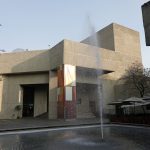
相近 0.21 kms.

相近 0.24 kms.
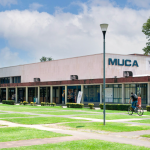
One of the UNAM's best loved and most central art museums . . .
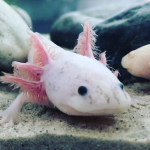
Mexico City's Axolotl Museum in the Parque Tarango . . .
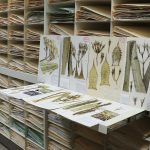
One of the world's biggest, busiest plant repositories.

A center for the protection of amphibians across the Valley of Mexico.
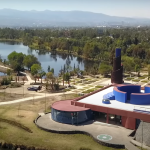
A museum to celebrate the diversity of Xochimilco's famous eco-systems.